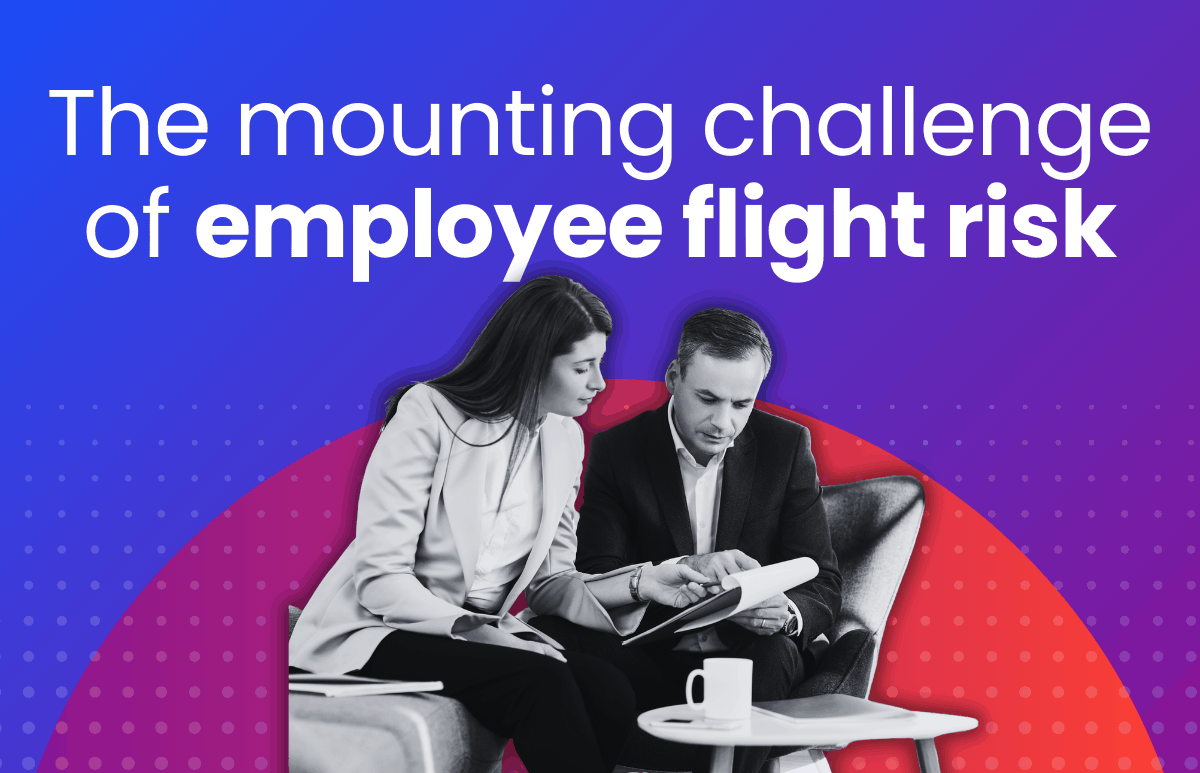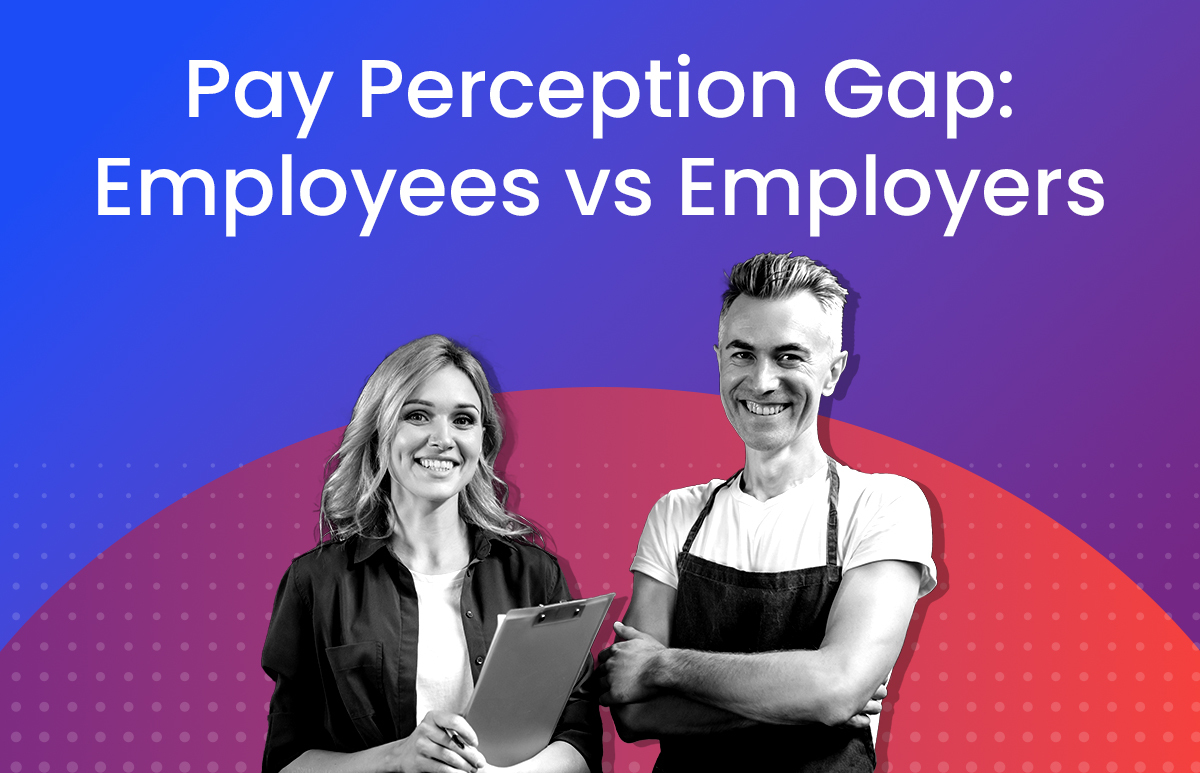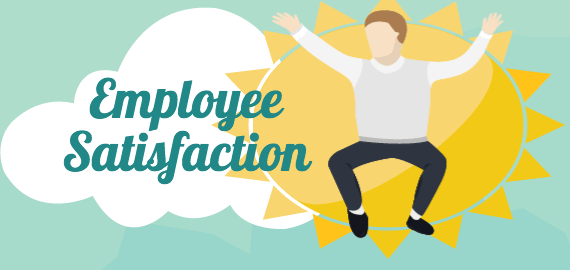5 COVID-19 employee experience trends to continue in 2021
COVID-19 brought so much upheaval and changes to our lifestyle that we’ll all be glad to see the back of. But it’s difficult to deny it brought some positive changes to working life.

From employers adopting more open attitudes towards flexible working to widespread digital transformation, many organisations had to radically reimagine workspaces, with HR thrust into the spotlight to help companies navigate their people, operational changes and communications at every turn.
One aspect of HR given increased import was the employee experience (EX), with research finding 64% of HR leaders plan to prioritise the EX more highly now than before the outbreak.[1] The EX is loosely defined as all the touchpoints an employee has with their employer during their tenure – all those everyday moments such as requesting leave, finding information, and the technology experience. A positive EX means happy employees, and happy employees are more engaged, have higher job satisfaction and are more productive – all factors that have a positive impact on a business’s bottom line. Investing in the EX can generate strong returns; research shows that enterprises with a top-quartile employee experience achieve twice the innovation, double the customer satisfaction, and 25% higher profits than organisations with a bottom-quartile employee experience.[2]
During COVID-19, its importance was given increased import, as employees leaned on their employers more than ever to address their basic needs of safety, stability, and security. But post COVID-19, most EX needs are evolving, with 2021 presenting a valuable opportunity for companies to rethink this vital component of HR. Below we identify five EX trends driven by COVID-19 that all HR leaders should take forward into 2021.
1. More flexible working
COVID-19 has undoubtedly increased the appetite for remote working. Employees who have a choice in when, where, and how they work have higher levels of satisfaction, innovation, and job performance, which explains why, according to Gartner, nearly half (41%) of employees will likely work remotely at least some of the time after COVID-19.[3]
Research has found that employees working remotely see more positive effects on their daily work, are more engaged, and have a stronger sense of well-being than those in non-remote jobs with little flexibility do.[4]
So it’s clear that organisations with flexible working policies in place will be most competitive when it comes to attracting and retaining top talent.
2. Prioritising wellbeing
COVID-19 took a significant toll on the public’s mental health. Employers had an extended duty of care as the lines between work and home life blurred, and mental health became a priority as employees experienced feelings of isolation, job insecurity, and balancing work and childcare duties. In fact, more than 80% of organisations promoted Employee Assistance Programs (EAP) and online emotional/mental health services for their employees during the pandemic.[5]
Prioritising wellbeing in 2021 will continue to be just as important. Organisations should think of employee wellbeing holistically, incorporating the key pillars of engagement, healthy eating, exercise, and an EAP.
3. Broader digital transformation
Technology can have a transformative impact on the EX, yet a lack of adequate workplace technology is an age-old employee gripe. According to a Deloitte report, only 38% of employees said they were satisfied or very satisfied with work-related tools and technology.[6]
During COVID-19, on the other hand, digital transformation plans that once took years to implement, occurred in months and, in some cases, weeks and even days. Indeed, research shows that 97% of executives believe the pandemic sped up their digital transformation, and 79% said it increased budgets for it.[7]
This trend has also seen HR and IT work in closer partnership to determine the best types of employee technology. The successful explosion of communications channels and collaboration tools such as Slack – largely demanded by the Millennial and Gen Z portions of the workforce who seek workplace technology that mirrors that used in their personal lives – have proved the case for greater adoption of such channels.
4. Employers seeking feedback from employees
Throughout COVID-19, employers made a conscious effort to regularly check in with their employees while working in a distributed environment. One way of doing this was through pulse surveys to measure employee sentiment and gain feedback on new ways of working – to assess what worked, what didn’t work, and which work practices could be continued post-COVID-19.
As leaders see the benefits of frequent employer/employee dialogue, with 89% of HR leaders agreeing that ongoing peer feedback and check-ins are key for successful outcomes, it is clear that regular feedback opportunities should be built into any successful employee engagement strategy.
5. A more data-driven approach to the EX
Related to the above point, data was behind many of the decisions made around the EX, with employees able to feed back in real-time on what was and wasn’t working for them. Just as they did during COVID-19, employers will desire the ability to interpret and integrate EX data points, accessing a few key EX-specific outcome metrics that can be easily communicated and understood – at all levels of the organisation – to convey how the people side of the business is doing.
For further tips on the essential HR data and metrics used during COVID-19, read our blog.
ELMO Cloud HR & Payroll can help HR professionals manage their workforce, even while operating remotely. As a cloud-based solution, ELMO helps employers manage their teams from anywhere at any time from a secure, centralised location. All employee-employer touchpoints are covered by ELMO’s suite, from ‘hire to retire’. For example, ELMO Recruitment helps to streamline the hiring process – from job requisitions through to screening – without jeopardising the quality of new hires. For further information on any ELMO solution, please contact us.
[1] Gartner, “Gartner Survey Finds 64% of HR Leaders Are Making Employee Experience a Higher Priority When Planning the Return to Work”, May 2020
[2] MIT research quoted in Forbes, 2019
[3] Gartner, “41% of Employees Likely to Work Remotely at Least Some of the Time Post Coronavirus Pandemic”, April 2020
[4] McKinsey and Company, COVID-19 and the employee experience: How leaders can seize the moment, June 2020
[5] HRD, “This is the top employee benefit amid COVID-19”, August 2020
[6] Deloitte, Human Capital Trends, 2019
[7] Forbes, “97% Of Executives Say Covid-19 Sped Up Digital Transformation”, 2020
 HR Core
HR Core 









